By Lee Mueller, Davey Resource Group, Inc., Kevin Sayers, Michigan Department of Natural Resources and Paul Hickman, Urban Ashes
*Republished with permission from the authors
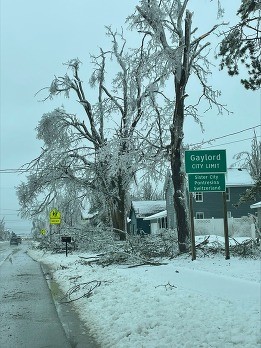
Photo Credit: MI DNR
Cold weather is just around the corner, so now is the time to develop or revisit winter storm response plans. Ice storms are a recurring challenge in the Midwest. Freezing rain can add substantial weight to limbs, causing even healthy trees to snap. Ultimately, events like this can offer opportunities to reassess communities’ approaches to tree management and build stronger, more resilient urban forests. Continue reading “After The Ice: Urban Forestry’s Role In Community Recovery And Resilience”

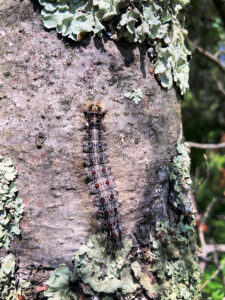
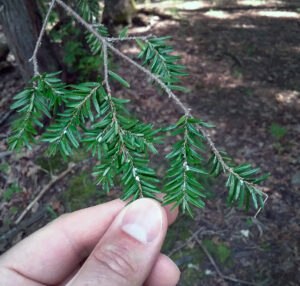
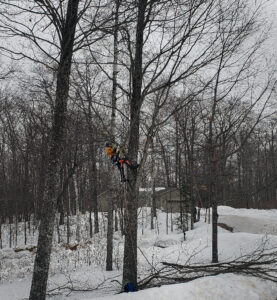
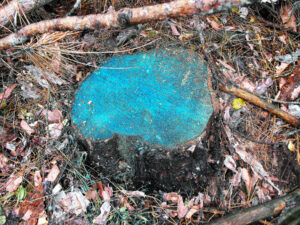
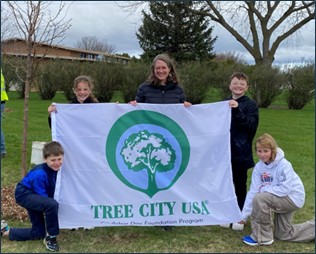 The online portal for Tree City USA (TCUSA) is
The online portal for Tree City USA (TCUSA) is 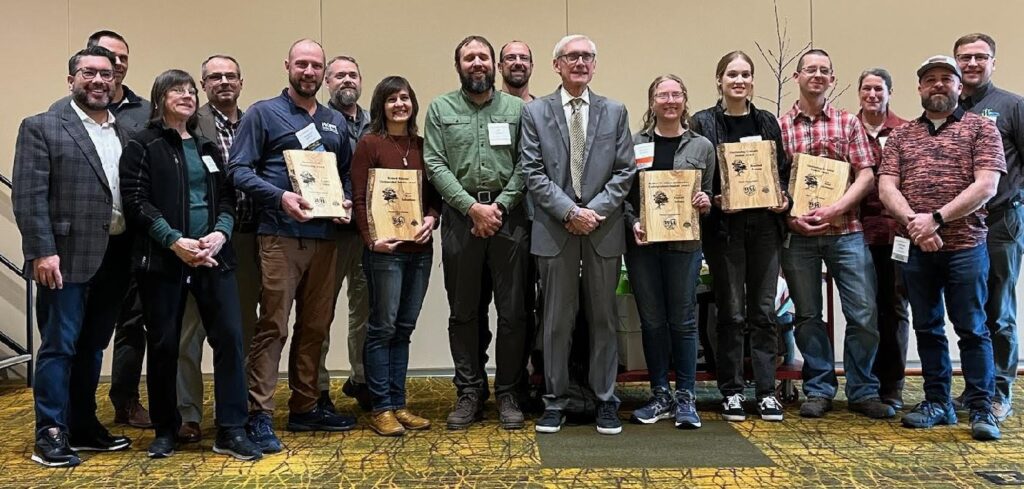 Do you know of a person or organization that is making a difference in community forestry? Maybe it is a volunteer who spends their free time planting trees in the community or an organization that is committed to increasing tree diversity or a municipal employee who has dedicated their career to transforming a city’s urban forestry program. If so, please complete this short
Do you know of a person or organization that is making a difference in community forestry? Maybe it is a volunteer who spends their free time planting trees in the community or an organization that is committed to increasing tree diversity or a municipal employee who has dedicated their career to transforming a city’s urban forestry program. If so, please complete this short 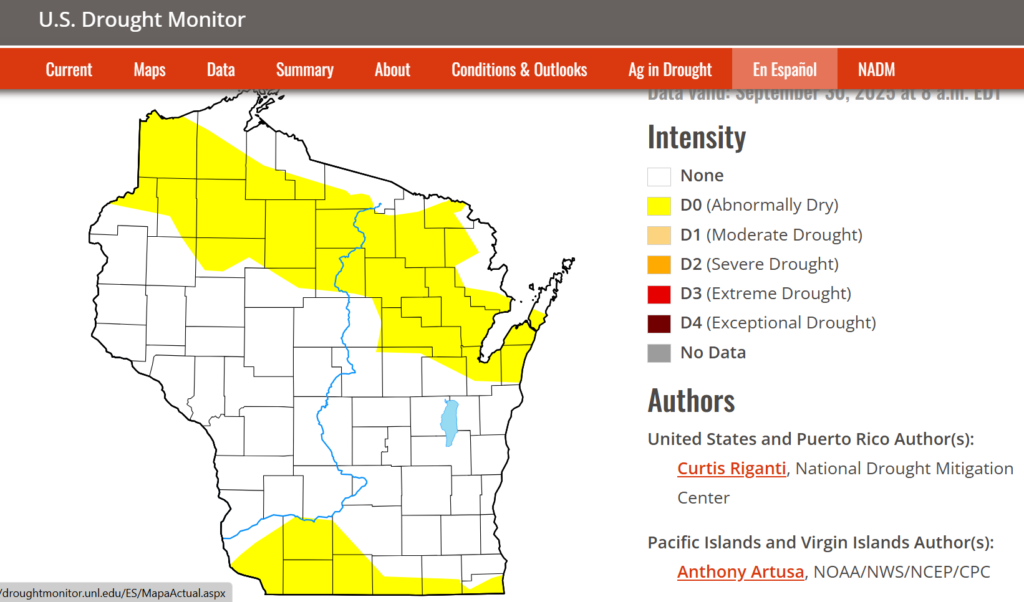
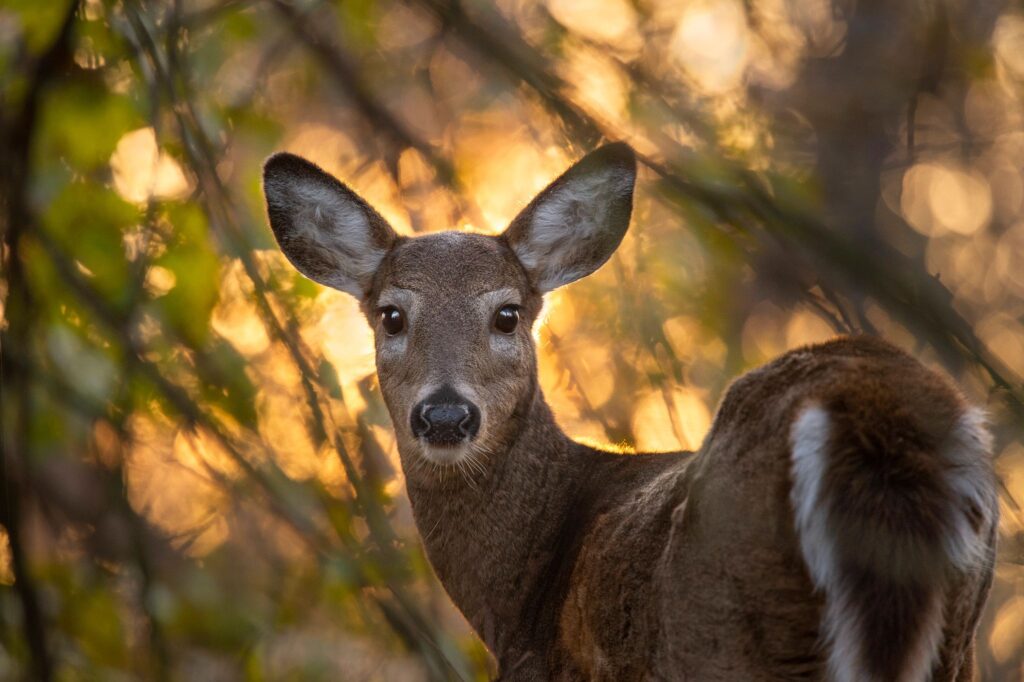 Urban Wildlife Damage Abatement and Control grants help urban areas develop wildlife plans, implement specific damage abatement and/or control measures for white-tailed deer and/or Canada geese. They are available to any town, city, village, county or tribal government with a population density of not less than 125 persons per square mile. This grant provides a 50% cost share up to $5,000 for eligible costs. The application deadline is Dec. 1.
Urban Wildlife Damage Abatement and Control grants help urban areas develop wildlife plans, implement specific damage abatement and/or control measures for white-tailed deer and/or Canada geese. They are available to any town, city, village, county or tribal government with a population density of not less than 125 persons per square mile. This grant provides a 50% cost share up to $5,000 for eligible costs. The application deadline is Dec. 1.